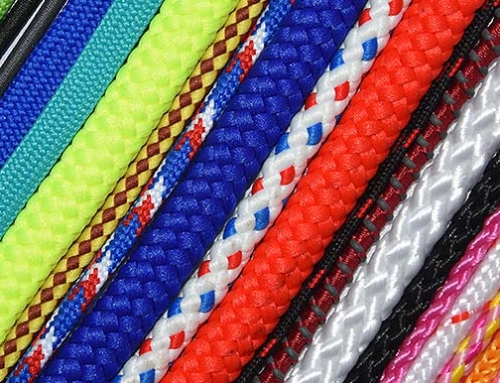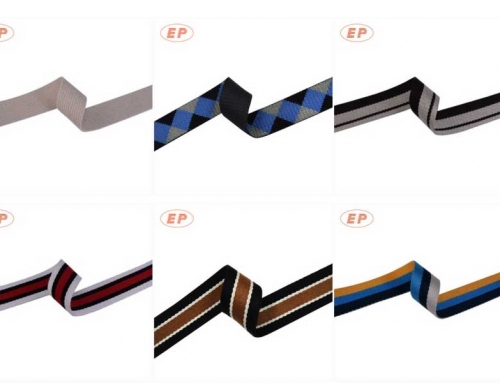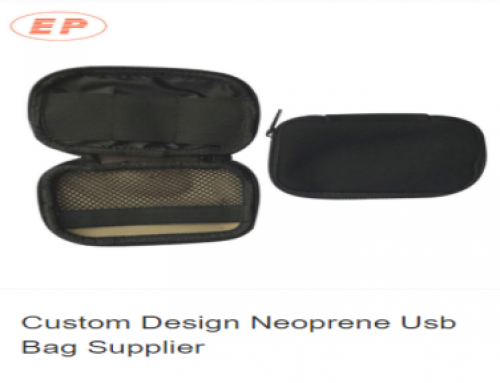How Strong is Polyester
Polyester is made from coal, air, water and oil synthetic fibers. In the 20th century, laboratory development, polyester fiber formed by the chemical reaction between acid and alcohol. In this reaction, two or more molecules are combined to form China Webbing, and their structures are repeated over their entire length. Polyester fibers can form very stable and powerful very ionic molecules. It is stronger than PCDT, although PCDT is more flexible and flexible. PCDT for heavy consumer use, such as curtains and furniture cover.
Polyester polyesters include naturally occurring chemicals, such as cotton in plant cuticle and synthetic substances. Used for all types of garments, used alone or in combination with fibers such as cotton.
Advantage
Dyed light, light weight, anti-shrink, stretch, mildew, wrinkle avoidable.
Example of Comparison between Polyester and Nylon.
| Nylon | Polyester | |
| Chemical Name | Polyamide | Polyethylene Naphthalate |
| Manufacture | Created as a liquid, mechanically spun and dried into individual fibers. | Spun into thread from chemical solution. |
| Uses | For some types of clothing, including underwear, tights, raincoats and swimsuit is more common. Carpets, curtains and bedding. A wider range of industrial uses. | More widely used in a variety of clothing. Carpets, curtains and bedding. Some industrial uses. |
| Wearability | Low moisture absorbency | Wrinkle resistant |
| Durability | Especially strong wear, oil and many chemical damage. | Strong, anti-stretch and shrink, resistant to most chemicals, brittle and elastic wet or dry, wear resistant. |
| Flammability | Melts then burns rapidly | Melts and burns ata same time |
| Environmental impact | Most nylon made from unavoidable oil refinery by products. | Non-biodegradable, but can be recycled – possible to purchase 100% recycled polyester. |
| Comfort | Light-weight, warm, smooth, soft, quick drying. | Quick drying, light-weight, smooth. |
| Styles | Shirts, dresses, basic garments, socks, underwear, underwear, raincoats, ski suits, windbreakers, swimwear, turnaround clothes. | Every form of clothing. |
| Appearance | Lustrous, wide range of colors | Wide range of colors, slightly slick. |
| Allergic reactions | Possible, more likely caused by finishing resins, fibers repel typical allergens. | Possible, more likely caused by finishing resins, fibers repel typical allergens. |
| Maintenance | Easy to wash, mildew resistant. | Easily washed, mildew resistant. |
| Cleaning | Easy to clean, mildew. Can be dried under low heat cycles, but must be removed immediately after completion. Can not be cleaned by ironing. | Easy to clean, mildew. Can be dried under low heat cycles, but must be removed immediately after completion. Ironing can usually be dry cleaned. |
| Materials | Polyamide made from petroleum. | Polymer production of coal, air, water, petroleum products. |
| UV Resistance | Somewhat | Very |





